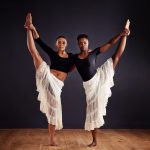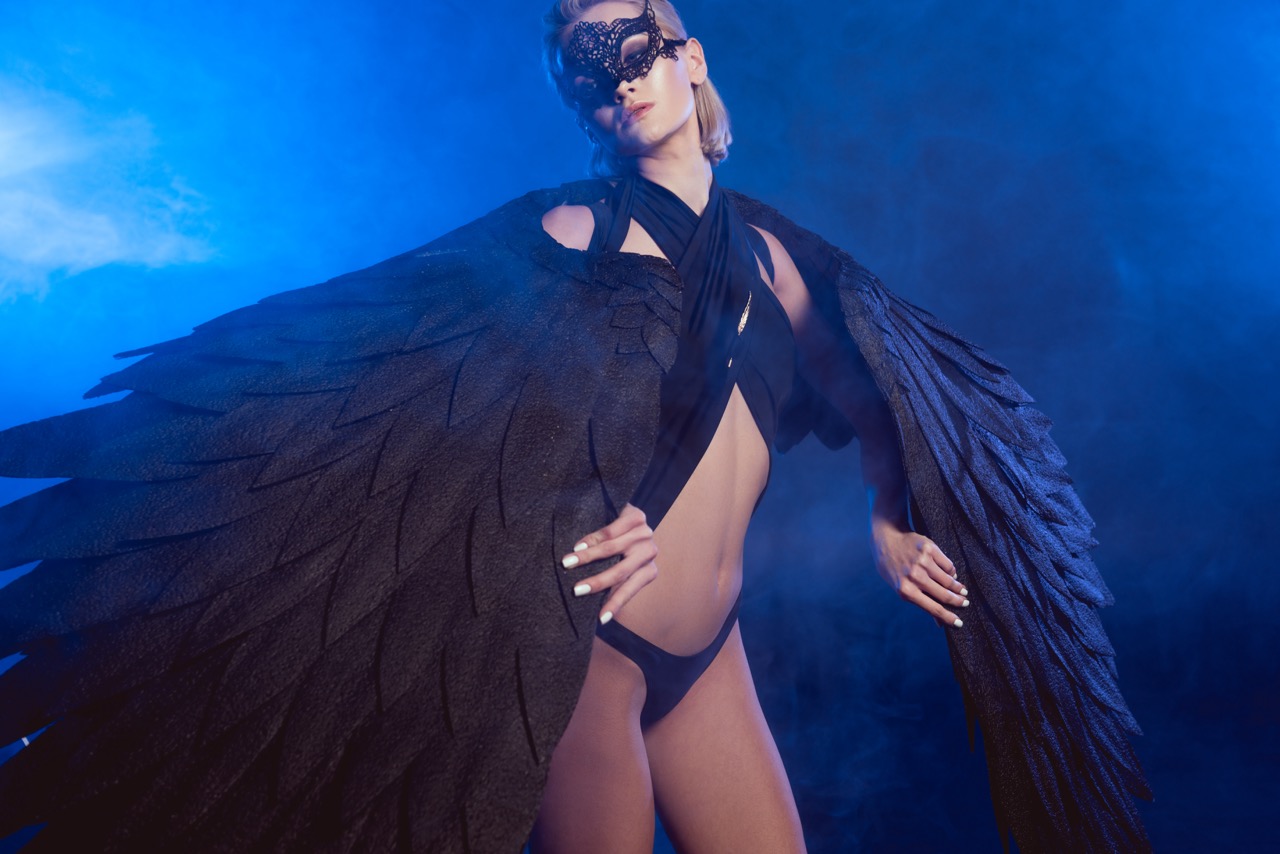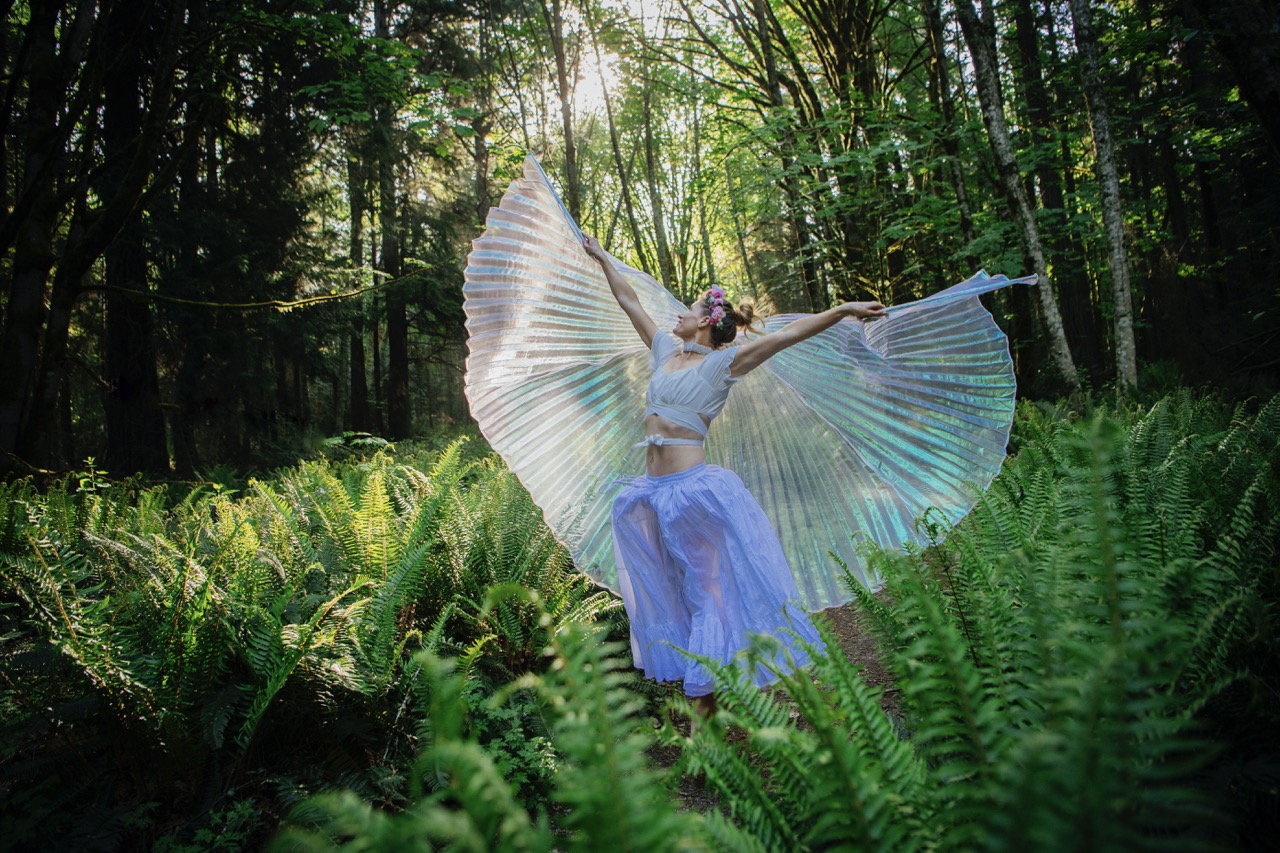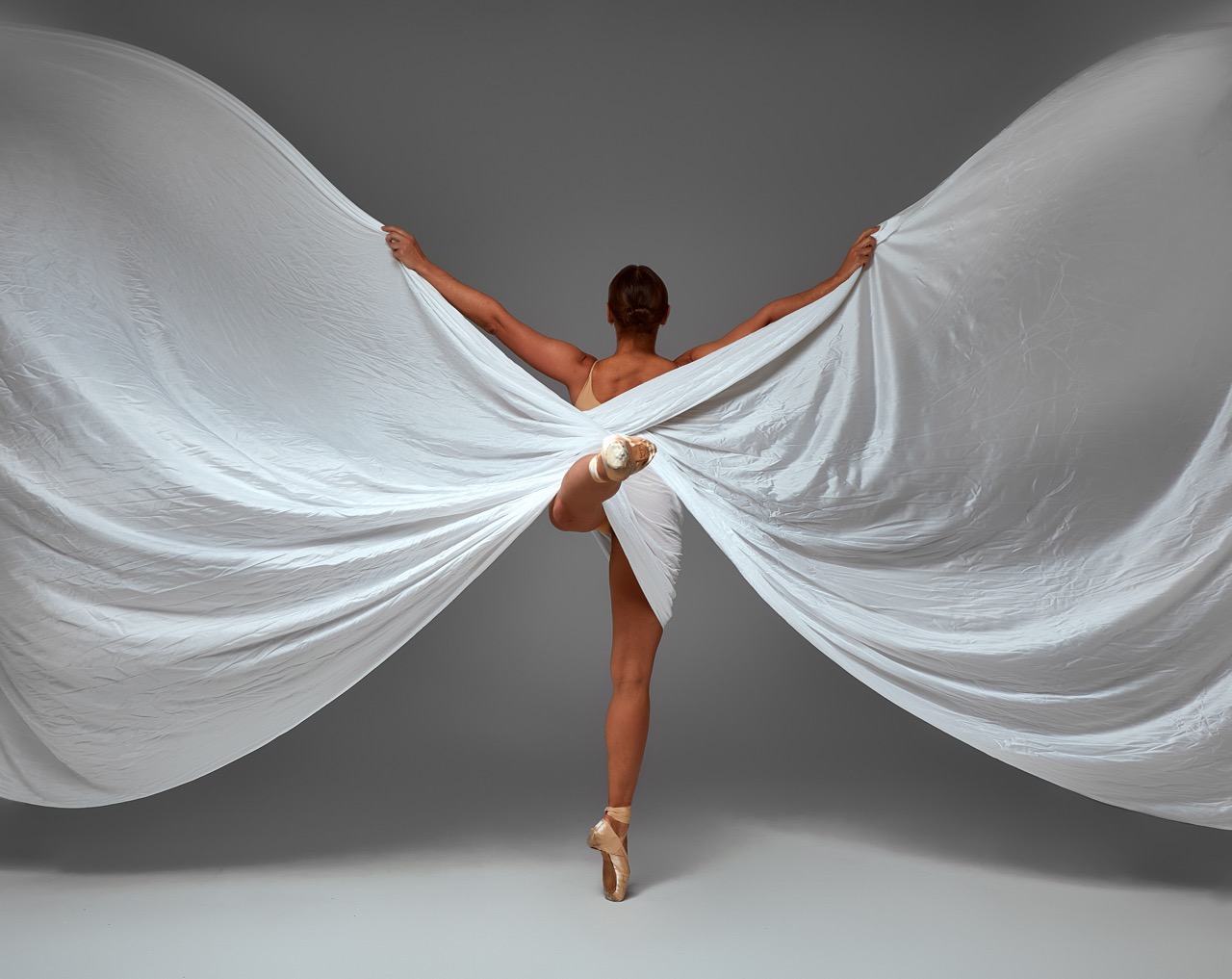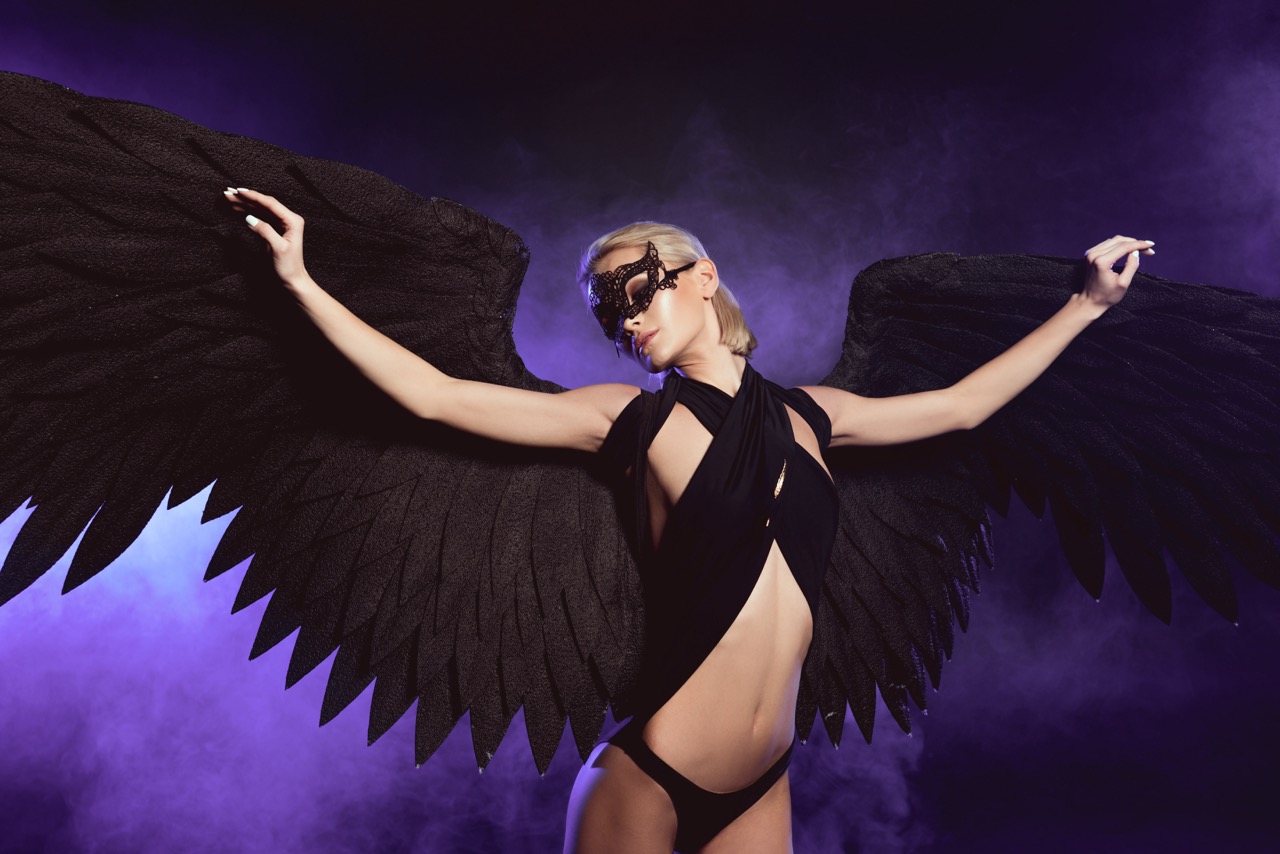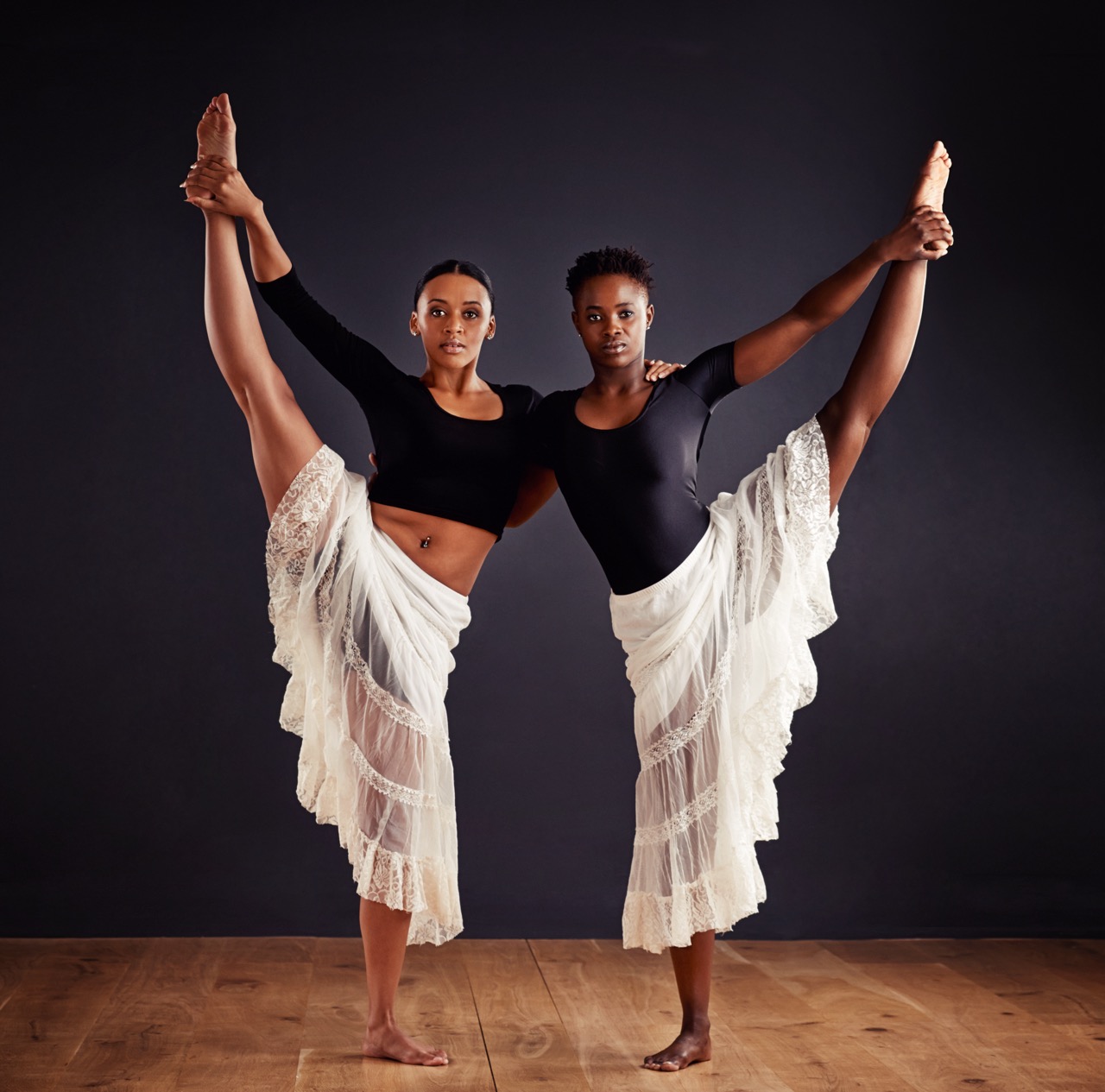In the world of dance, costume plays a pivotal role not only in enhancing visual appeal but also in ensuring that performers can execute their movements with grace and ease. Among the various styles of dance costumes, the wing costume stands out for its dramatic flair and captivating presence. However, the true magic of a dance wing costume lies not just in its aesthetics but also in its comfort during prolonged performances. This article explores the essential elements that contribute to the comfort of a dance wing costume, ensuring dancers can focus on their performance rather than their attire.
Embracing Freedom: The Anatomy of a Dance Wing Costume
A well-crafted dance wing costume embodies the essence of freedom, allowing dancers to express themselves fully without feeling restricted. The design should facilitate a full range of motion, enabling performers to leap, twirl, and glide with ease. This is achieved through thoughtful construction that emphasizes fluid lines and an open silhouette. For instance, wing costumes often feature armholes that extend generously, ensuring that the fabric doesn’t hinder arm movements. Additionally, the wings themselves should be lightweight and strategically attached to prevent pulling or excessive weight on the dancer’s shoulders.
Moreover, a comfortable dance wing costume should reflect the dancer’s individuality while harmonizing with the choreography. This balance is achieved through a careful selection of colors, patterns, and styles that resonate with the dancer’s personality. Dancers often feel more at ease when they can relate to their costumes, which can translate into more expressive performances. The interplay between the costume’s design and the dancer’s movements creates a visual harmony that captivates the audience while ensuring the dancer feels liberated and confident on stage.
Lastly, the anatomy of a dance wing costume must consider the overall body movement and how the costume interacts with it. Incorporating elements like adjustable ties, strategically placed seams, and breathable panels allows the costume to move with the dancer, rather than against them. When all these aspects come together, a dance wing costume not only enhances the performance but also becomes a source of empowerment, allowing the dancer to fully embody their character and story.
Fabric Matters: Choosing Breathable and Flexible Materials
The choice of fabric is a critical factor in ensuring comfort during long performances. Dancers need materials that are not only visually appealing but also practical for movement and temperature regulation. Breathable fabrics, such as cotton blends, spandex, or moisture-wicking synthetics, are ideal as they allow airflow, keeping the dancer cool and dry even under stage lights. This is particularly important during dynamic performances, where heat and perspiration can hinder performance quality and overall comfort.
Flexibility is another vital aspect when selecting fabric for dance wing costumes. Stretchy materials allow for fluid movements, enabling dancers to execute various techniques without feeling constricted. Fabrics that retain their shape while offering elasticity—such as lycra or jersey—are excellent choices for wing costumes. These materials provide the necessary support while ensuring that the costume drapes elegantly, mimicking the natural movements of the dancer’s body. This adaptability not only enhances performance but also contributes to the longevity of the costume, as it can withstand the rigors of frequent use.
Additionally, the texture of the fabric can influence a dancer’s comfort level. Soft, smooth fabrics reduce the likelihood of chafing or irritation during long performances. Costumes lined with soft materials or featuring inner seams that prevent rough edges can enhance the overall experience for dancers. By prioritizing breathable, flexible, and skin-friendly fabrics, costume designers can create wing costumes that support the dancer’s performance while allowing them to focus on their artistry without distraction.
Fit for Performance: Tailoring Your Costume to Movement
A well-fitted dance wing costume is paramount for facilitating ease of movement and comfort. Custom tailoring ensures that the costume conforms to the dancer’s body shape, allowing for unrestricted motion. Dancers come in various shapes and sizes, and a one-size-fits-all approach can lead to discomfort and reduced performance quality. By tailoring the costume to the individual dancer, designers can create pieces that enhance the wearer’s natural lines while accommodating their unique movement patterns.
Incorporating adjustable elements, such as straps, waistbands, and ties, can further enhance fit. These features allow for personalized adjustments, ensuring that the costume maintains a secure yet comfortable fit throughout the performance. Such flexibility is crucial, as dancers may experience fluctuations in body temperature and movement intensity, which can affect the way a costume fits during a show. This adaptability allows the dancer to perform confidently, knowing their costume will remain in place, enabling them to concentrate on their dance rather than their attire.
Moreover, the cut and construction of the costume must take into account the specific dance moves and routines. For example, if a dance involves a lot of arm movements, the armholes should be designed to allow for maximum range of motion without pulling against the fabric. Similarly, the length of the wings should be proportioned to prevent accidental entanglement while still providing the desired visual impact. By focusing on these details, costume designers can create wing costumes that not only look stunning but also enhance the dancer’s performance experience.
Support Systems: Enhancing Comfort for Extended Wear
Long performances can be taxing on a dancer’s body, and a comfortable costume should incorporate support systems that alleviate physical strain. This can be achieved through the use of strategic padding or reinforcement in areas that bear weight, such as shoulder straps or bodice sections. This cushioning can help distribute the weight of the wings evenly, preventing discomfort that could arise from prolonged use. Additionally, built-in support such as boning or structured seams can provide stability without compromising movement.
Another critical aspect of a dance wing costume’s support system is its weight distribution. Designers should aim for an even balance that prevents any one area from becoming too heavy or cumbersome. This can involve lightweight materials for the wings themselves, as well as carefully considering the attachment points to maintain balance. When the costume feels light and effortlessly integrates with the dancer’s body, it allows for a more natural and fluid performance.
Finally, the inclusion of features such as adjustable or removable components can significantly enhance comfort. For example, some dancers may prefer to detach wings during certain sections of a performance to reduce fatigue. Costume designers who provide these options enable dancers to tailor their experience based on their individual preferences and performance requirements. By implementing robust support systems within the design of dance wing costumes, the overall comfort and enjoyment of long performances can be significantly improved, allowing dancers to shine on stage.
The comfort of a dance wing costume is a multifaceted consideration that directly impacts a dancer’s performance. From the anatomy and design to the choice of fabric and fit, every element plays a crucial role in ensuring that dancers can move freely and expressively. By prioritizing breathable materials, tailored fits, and effective support systems, costume designers can create garments that not only dazzle on stage but also enhance the dancer’s experience. Ultimately, a well-designed dance wing costume allows performers to immerse themselves fully in their art, captivating audiences while leaving them free to soar in their creative expression.




